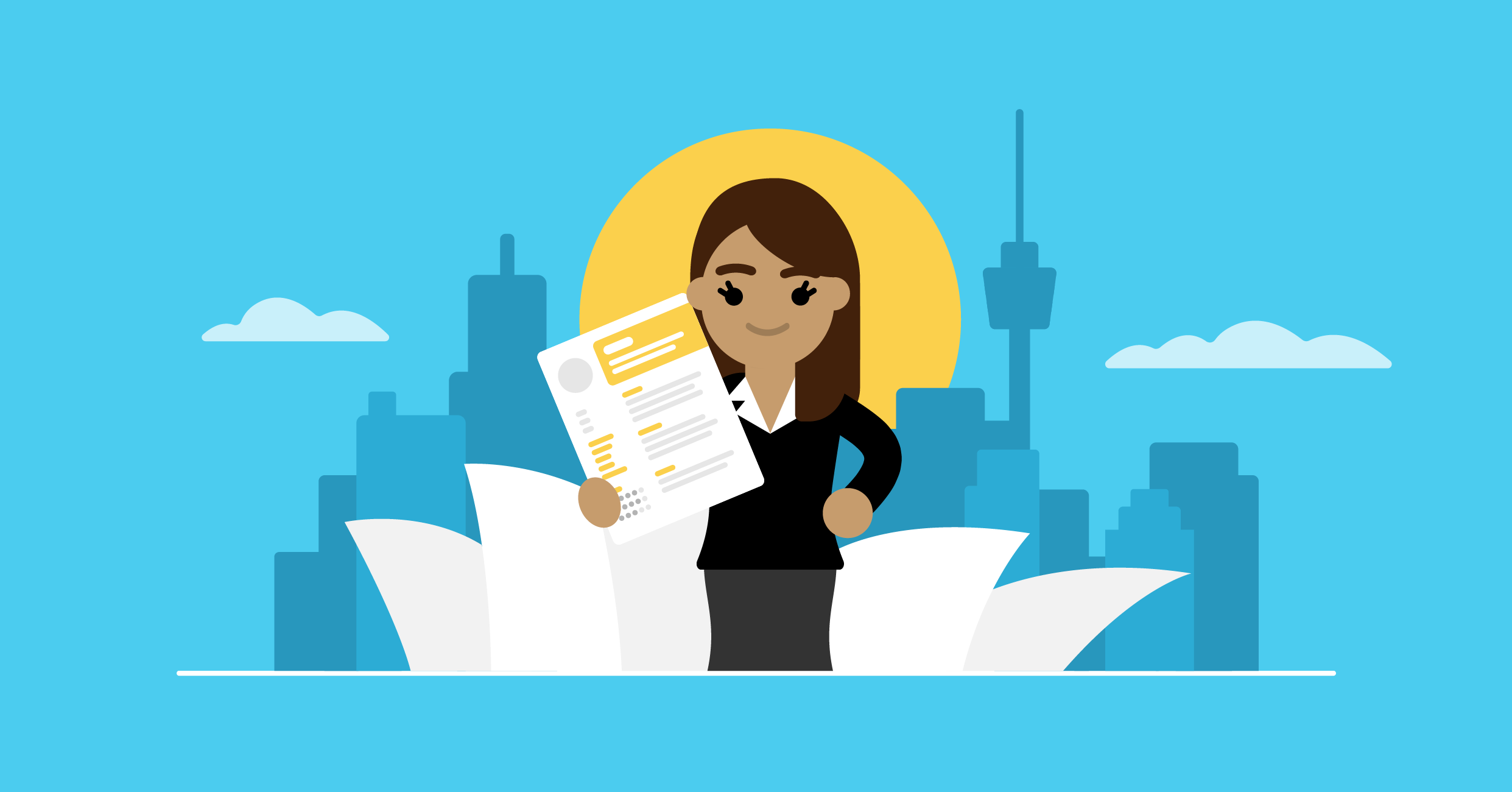Every country has its own work culture and that means specific requirements when it comes to resumes and CVs.
And Australia is no different.
If you’re doing some Aussie job-searching (or planning to do so), you probably have a few questions:
What do “resume” and “CV” refer to in Australia? Are there any formatting rules you should be aware of? How long does the resume have to be? Should you include your photo?
Well, you’re in the right place.
We’re here to answer those questions and more!
In this article, you’re going to find everything you need to know about Australian resumes and how to prepare one.
- What Makes Australian Resumes Different
- Typical Australian Resume Sections
- 3 Free Australian Resume Templates
- How to Make a Convincing Resume - Further Readings
Let’s get to it!
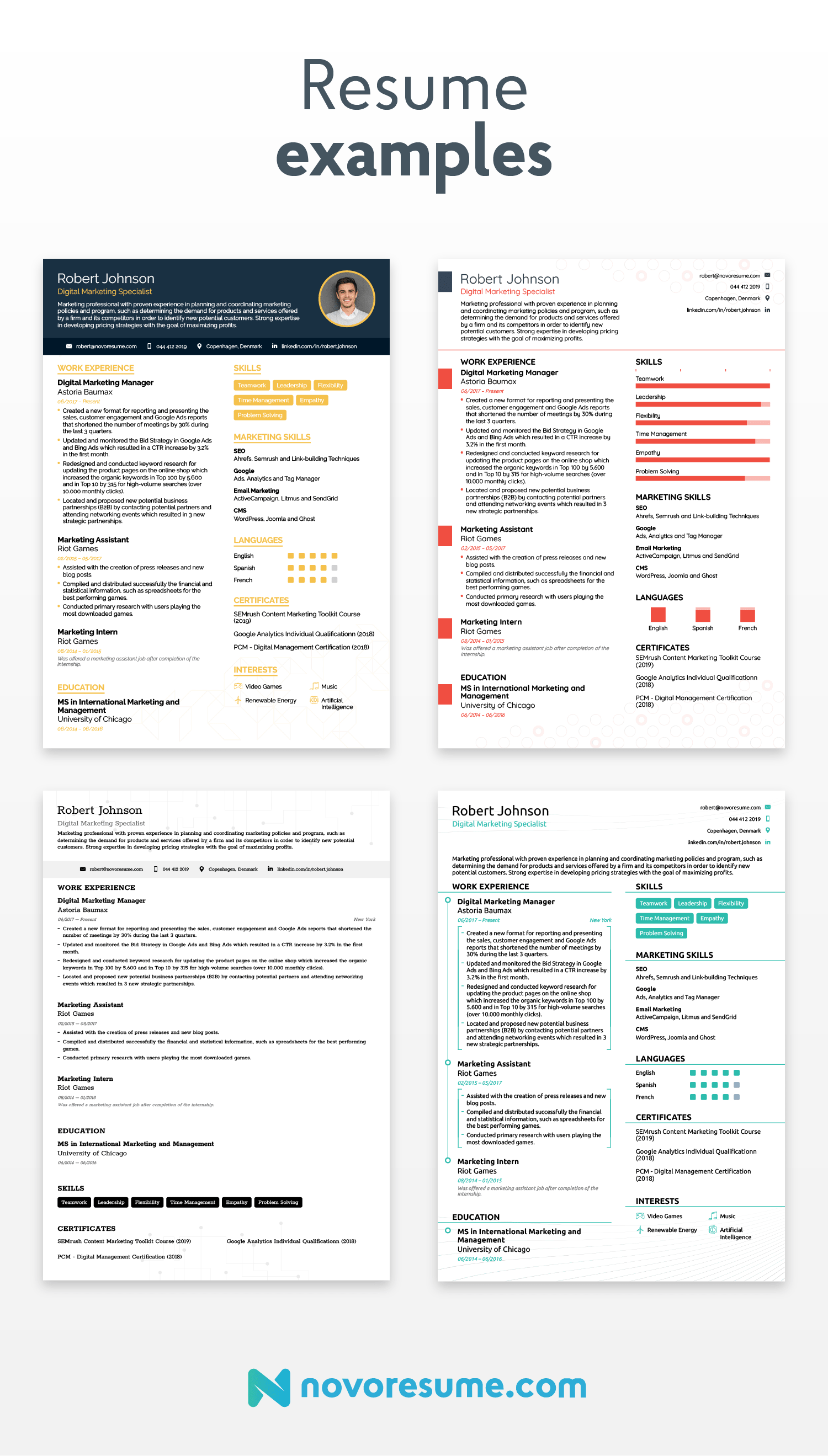
We recommend creating your Australian resume in parallel with reading this guide. Just pick a template that you like, and get started.
What Makes Australian Resumes Different
Although it might appear similar to the U.S. resume format at first glance, the Australian resume differs in some details that if missed, might very well ruin your chances of getting a call-back.
Don’t worry though, we’re going to cover all of those details starting with the elephant in the room:
#1. Australian Resume vs CV
Unlike the U.S., in Australia, the terms “resume” and “CV” are used to refer to the same document. You will most likely come across “resume” more often, but if not, know that the terms are synonymous with each other.
#2. How long should an Australian resume be?
In the U.S., a resume should typically be one page.
An Australian resume, however, should definitely be more than one page. If you are a professional, three to four pages are what’s expected. If you are a recent graduate or don’t have much experience in the field, two pages will be enough.
Don’t forget to be to-the-point, though. Even though you have the freedom to present yourself with a lengthy resume, you shouldn’t get into unnecessary details.
If you have a lot of years of experience, you shouldn’t go more than 10 years back in your resume. If there are any earlier work experiences that you particularly want to mention, you can add a “other professional experience” section and briefly mention it there. You can also end the section with “Full resume available upon request.”
#3. Are there any language expectations for Australian resumes?
As a matter of fact, there are. If you're applying for a job in Australia you need to make sure that your resume is written in correct Australian english.
#4. Do you include a photo in an Australian resume?
Unless you’re applying for a job that is related to your appearance (modeling or acting), it’s best to not include a photo in your resume. If the company wants you to include one, they will usually specify it beforehand.
There are some countries, like Belgium, France, and Germany, where you should include a photo in your resume. This rule, however, doesn’t apply to Australia.
#5. What personal information should you include in an Australian resume?
Just like your photo, personal information can make you vulnerable to profiling based on gender, race, age, or appearance. To avoid that, provide only the necessary contact information like name, address, phone number, and email address.
It’s actually illegal for employers in Australia to ask you for information like age, marital status, religion, sexual preference, or nationality.
6 Typical Australian Resume Sections
Now that we’ve gone over what makes an Australian resume different, let’s focus on its layout and format.
An Australian resume typically has the following sections:
Resume Objective/Summary
Although it isn’t mandatory, it is recommended for you to include a resume objective or summary.
A resume objective (or career objective) states your goals for employment and what you aim for in your career. It’s 1-2 sentences and is great for recent graduates or people who are changing careers.
- Recent computer science graduate seeking a full-time position as a programmer. Strong knowledge of object-oriented programming and application development tools.
A resume summary (or career summary) highlights your professional experience and gives the employer a glimpse of your skills before reading about them further in your resume. It’s between 3-5 sentences and is great for job seekers with years of experience.
- Driven programmer with 8+ years of experience developing and maintaining enterprise software applications. Helped design and develop 3 successful applications over the past 5 years.
Work Experience
Your work experience should be displayed in a reverse-chronological order. With each entry, you should provide the start and end date along with a brief description of your experience, your responsibilities, and your achievements.
When possible, quantify your achievements and responsibilities. This shows the recruiter how you stand out from the rest of the applicants:
Marketing Manager
XY Company
2018
Achievements/Tasks
- Launched social media campaigns for the company
- Managed a large team
Marketing Manager
XY Company
07/2018 - Present
Achievements
- Developed and launched promotional campaigns that increased sales revenue by 12%
- Trained and managed over 15 marketing and sales specialists, making sure sales targets were always met.
If there are any gaps in your employment history, you should account for them as well if possible. Chances are, your interviewer will ask you about it anyway.
If you have work experience in a large company/institution in your country that an Australian recruiter might not be familiar with, you should provide some information on your employer as well.
For example, if you have worked as a sales manager for one of the largest toy companies in your country, don’t be hesitant to provide that information. By simply stating the name of the company you risk downplaying your experience if the recruiter isn’t familiar with the company.
Education
Your education history should also be displayed in reverse-chronological order. Each entry should consist of the name of the institution, date attended, your major/minor/specialization, and any related honors or awards.
BA in Economics
Bentley University
07/2017 - 05/2021
- Dean’s List 2019, 2020, 2021
- Member of the Investment Club
Skills
A simple list of skills and strengths will provide the employer with a quick snapshot of what you have to offer and what you excel at. In general, it’s best to focus on hard skills, but if you will be listing any soft skills like “leadership” or “critical thinking”, make sure you can back them up with experiences.
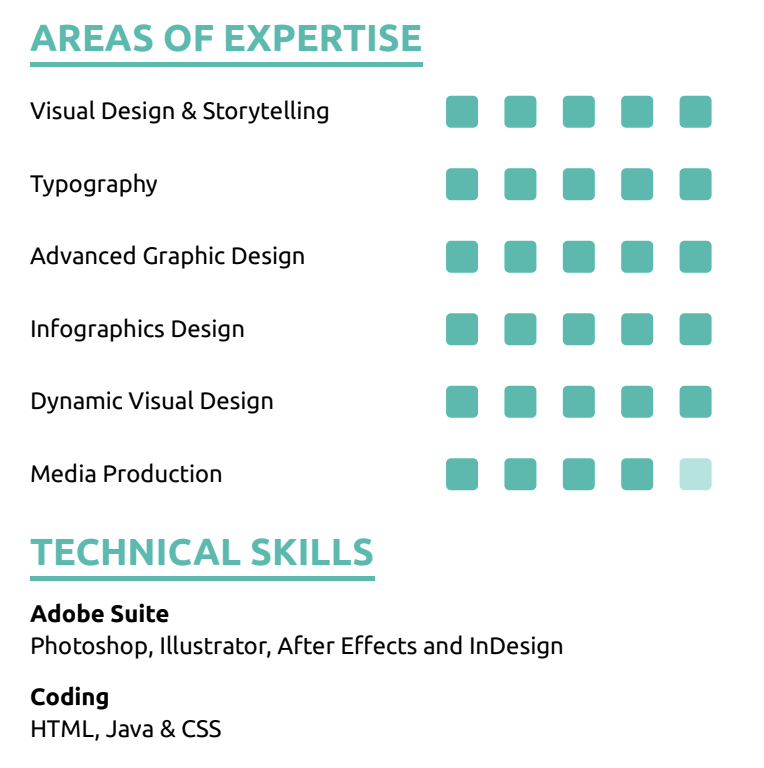
Volunteer Experience
If you have any volunteer experience, it’s important to note it on your resume. Hiring managers appreciate it.
Often, volunteer experience can count as work experience too. Especially if it matches with a period of time you were not employed and if it is related to your profession. In that case, you can even include it in the “work experience” section.
References
The name, position, and phone number of your referee/s will be enough. Most recruiters contact references after the interview process anyway.
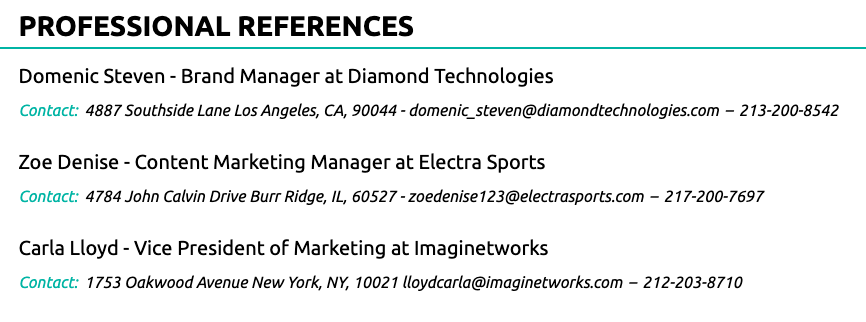
3 Free Australian Resume Templates
If you want to create a resume that stands out, you’ll need to use a good-looking template.
#1. College/University Resume Template
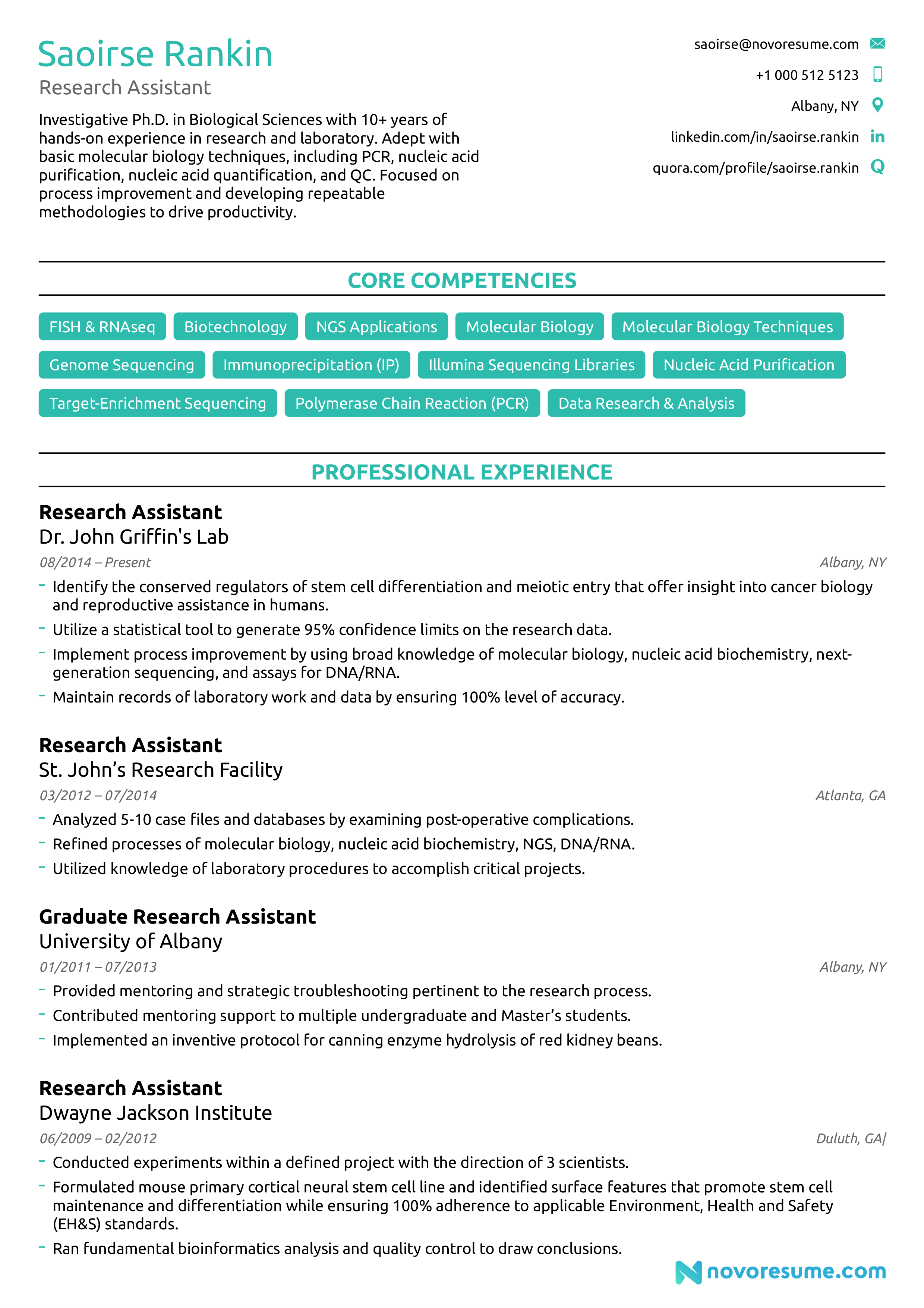
As a student or recent graduate, you want your resume to highlight your education and emphasize your skills. This is exactly what the College resume format does.
It has a simple and organized format that is easy to skim and has a nice aesthetic.
#2. Professional Resume Template
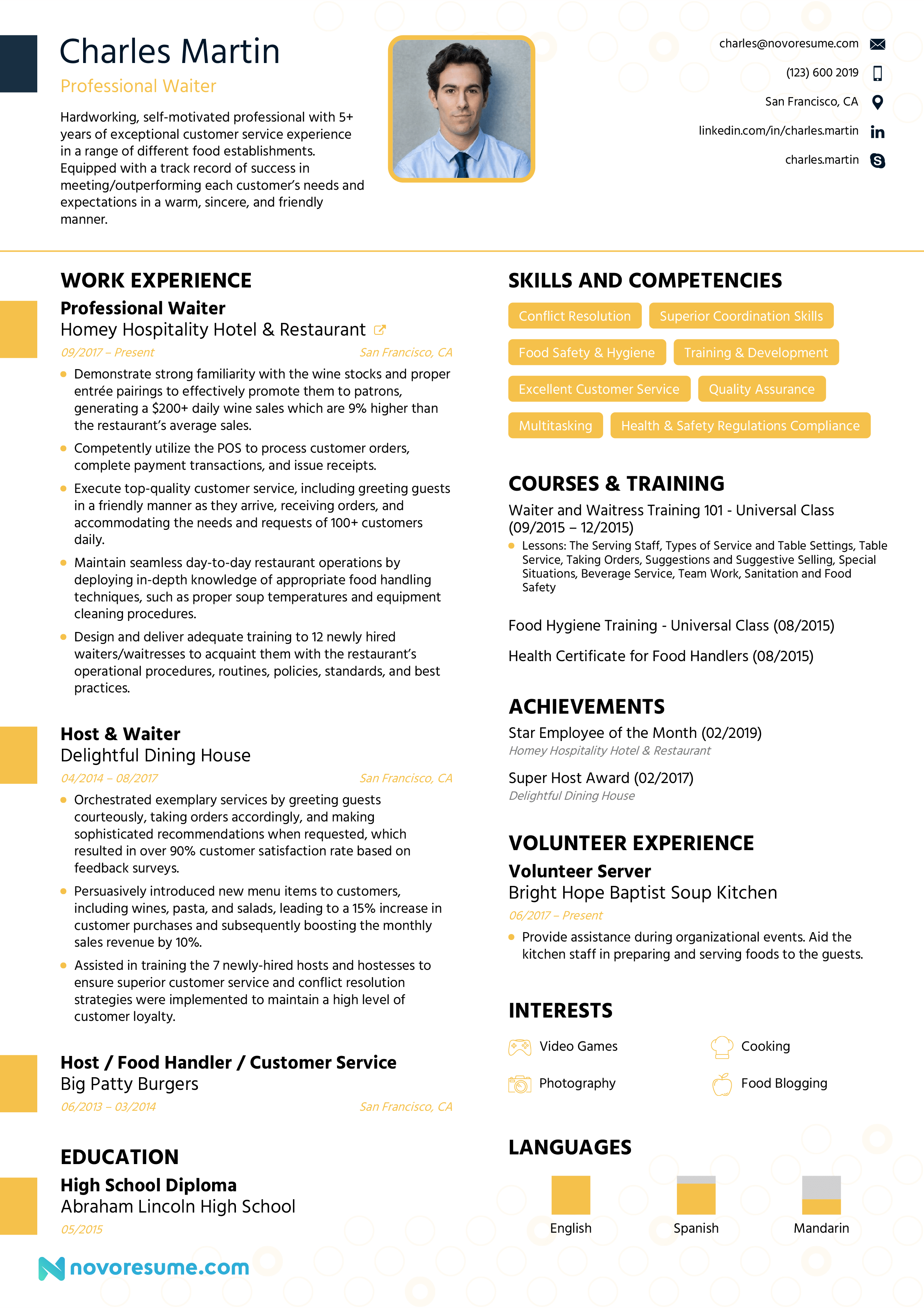
Approved by various recruiters and one of our all-time favorite templates, the Professional template can adapt to all fields.
It highlights your work experience and makes all information easy to find for the recruiter.
#3. Creative Resume Template
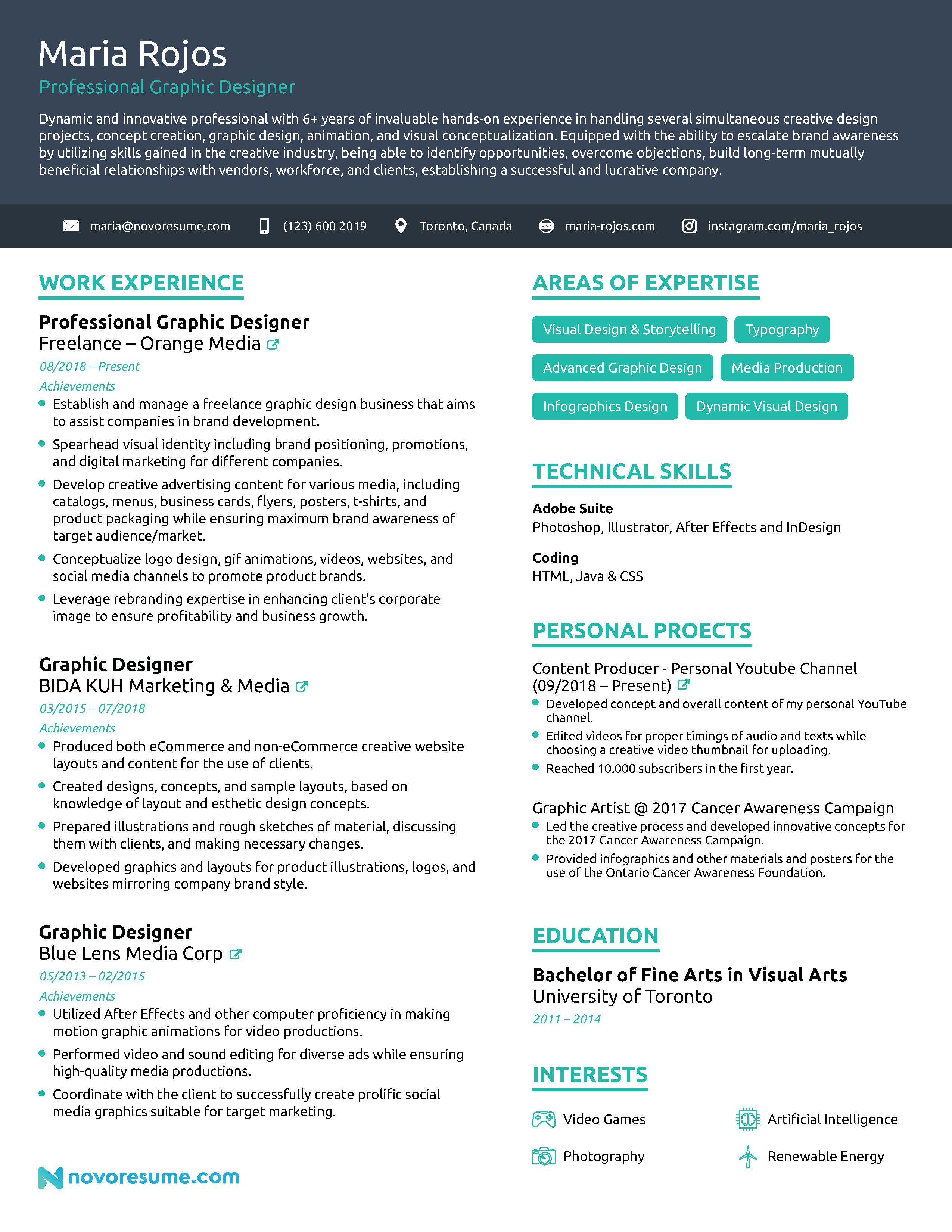
If you have a career in marketing, design, advertising, or other creative fields, this is the perfect template for you.
The Creative resume template is compact and organized but has some details that add to it a unique touch, fit for the industry you are in.
How to Make a Convincing Resume - Further Readings
At this point, we’ve got you all covered on Australian resumes, what they look like, and how they differ from resumes in other countries.
However, there’s always room for improving and perfecting your resume and job-searching process.
Check out some of our top resources on job-search, resumes, and the interviewing process and be on top of your game in all steps:
- The No-Nonsense Guide to Finding a Great Aussie Job in 2023 - This guide is as good as it sounds. You’ll find all you need to know about the job-finding process in Australia.
- How to Write a Resume | Professional Guide - Everything you need to know about how to make a resume, from layout to content.
- How to Write a CV (Curriculum Vitae) in 2023 - The A to Z guide to the perfect CV that will land you that interview.
- 35+ Common Interview Questions and Answers [Complete List] - Leave nothing to chance and ace that interview by learning how to answer these unavoidable questions.
- How to Ace Interviews with the STAR Method - The key to giving a good answer to every single behavioral job interview question.
Looking for more? Head over to our career blog and find all the information you need.
Key Takeaways
The differences of an Australian resume may be subtle, but if you don’t pay attention to them, you probably aren’t getting any callbacks.
To avoid that, when preparing your Australian resume remember:
- In Australia, “resume” and “CV” refer to the same document.
- You can and MUST go longer than one page. 3-5 pages is ideal, but 2 pages can be acceptable if you don't have a lot of experience.
- Your resume has to be written using correct Australian English so always double-check that your spelling is right
- It is highly recommended to include an attention grabbing-resume objective or summary that will make the recruiter intrigued to read further
And that’s a wrap!
Good luck and wish you a successful job-search!
